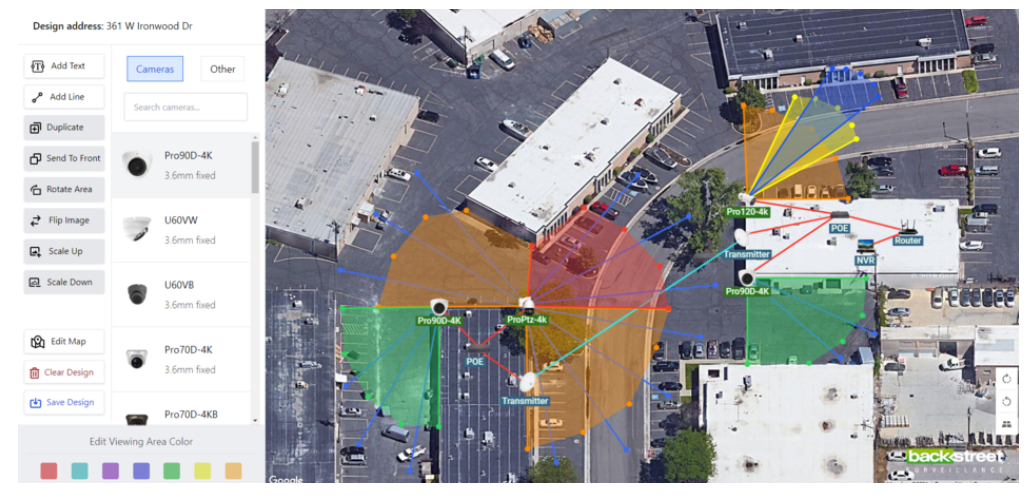The Benefits of Concurrent Filing H1, H4, and EAD: Streamlining the Path to Work Authorization
Meta Description: Discover the advantages of concurrent filing H1, H4, and EAD applications. Learn how this process streamlines work authorization and benefits families.
Introduction
Navigating the complex world of U.S. immigration can feel like tackling a never-ending maze. For those on an H1B visa, understanding the benefits of concurrent filing for H1, H4, and EAD applications can make the journey significantly smoother. This article will delve into the ins and outs of concurrent filing, shedding light on how this process can streamline work authorization and bring peace of mind to many families.
Understanding H1, H4, and EAD Visas
Before diving into the benefits, it’s crucial to understand what H1, H4, and EAD visas entail.
H1B Visa: This non-immigrant visa allows U.S. companies to employ foreign workers in speciality occupations. It’s a gateway for skilled professionals to work in the United States.
H4 Visa: Dependent family members (spouses and children under 21) of H1B visa holders can obtain the H4 visa, allowing them to live in the U.S. However, they can legally work with an EAD (Employment Authorization Document).
EAD (Employment Authorization Document): This document allows H4 visa holders to work in the U.S. It is crucial for H4 visa holders who wish to pursue a career while staying there.
The Concept of Concurrent Filing
Concurrent filing refers to the process of submitting H1, H4, and EAD applications simultaneously. This method is advantageous as it significantly reduces the waiting time for work authorization for H4 visa holders. Now, let’s delve into the specific benefits of concurrent filing.
Benefits of Concurrent Filing H1, H4, and EAD
- Reduced Processing Time
One of the most significant advantages of concurrent filing is reduced processing time. When applications are filed together, they are often processed more quickly, allowing H4 visa holders to obtain their EAD and start working sooner.
- Seamless Transition
Concurrent filing ensures a seamless transition for families. The simultaneous processing of H1, H4, and EAD applications means that families can avoid the disruptions that come with staggered approvals. It allows the primary visa holder and dependents to synchronize their statuses more effectively.
- Financial Stability
For families relying on a single income, the ability of H4 visa holders to work can bring much-needed financial stability. Concurrent filing expedites the EAD approval, enabling spouses to contribute to household income sooner.
- Career Continuity for Spouses
Spouses of H1B visa holders often put their careers on hold when they move to the U.S. Concurrent filing allows them to re-enter the workforce more quickly, maintaining their professional momentum and reducing gaps in their employment history.
- Enhanced Quality of Life
When both spouses can work, it significantly enhances the family’s quality of life. They can afford better housing, education, and healthcare and enjoy a more comfortable lifestyle. Concurrent filing accelerates this improvement by minimizing the waiting period for work authorization.
- Avoidance of Unemployment Gaps
For H4 visa holders who have already been working in the U.S., concurrent filing helps avoid unemployment gaps when renewing their visas and EADs. This continuity is beneficial for maintaining a stable employment record.
How to File Concurrently
Understanding the process of concurrent filing is essential to reap its benefits. Here’s a step-by-step guide to help you navigate through it:
Step 1: Gather Necessary Documents
Ensure you have all the required H1, H4, and EAD application documents. This typically includes:
- Valid passports
- Visa approval notices
- Employment verification letters
- Marriage certificate (for H4 visa holders)
- Recent photographs
- Form I-129 for H1B
- Form I-539 for H4
- Form I-765 for EAD
Step 2: Prepare and File the Forms
Complete the necessary forms accurately. Pay close attention to details to avoid delays caused by errors or omissions.
Step 3: Submit Applications Together
Submit all three applications simultaneously to the USCIS. Concurrent filing means mailing them in the same package to ensure they are processed together.
Step 4: Track Your Applications
Keep track of your application status using the USCIS online tool. This will help you stay informed about any updates or additional information requests.
FAQs
Q: What is the processing time for concurrent filing?
A: Processing times can vary, but concurrent filing generally reduces the waiting period compared to separate submissions. Typically, it can take a few months, but checking the latest USCIS processing times for the most accurate information is advisable.
Q: Can I file concurrently if my H1B visa is nearing expiration?
A: Yes, you can file for an extension of your H1B visa concurrently with H4 and EAD applications. It is crucial to ensure that all applications are submitted before the visa expires.
Q: Are there any additional fees for concurrent filing?
A: Each application (H1, H4, and EAD) has associated fees. While filing them concurrently does not incur an extra fee, you will need to pay the standard fees for each form.
Q: What happens if one of the applications is delayed or denied?
A: If one application is delayed or denied, it can impact the others. To minimize the risk of delays or denials, it’s essential to ensure all forms are completed accurately, and all supporting documents are provided.
Q: Can H4 visa holders work without an EAD?
A: H4 visa holders can only legally work in the U.S. by obtaining an EAD. Concurrent filing helps expedite the EAD approval process, allowing them to start working sooner.
Resource Links
- USCIS Official Website: This is for official forms and processing times.
- H1B Visa Information: Comprehensive guide on H1B visa applications and requirements.
- Immigration Help: Assistance and resources for visa and immigration processes.
- Legal Services: Find legal assistance for immigration-related queries.
- Department of Labor: Information on employment laws and work authorization
Conclusion
Concurrent filing of H1, H4, and EAD applications offers numerous benefits, from reducing processing times to enhancing families’ financial stability and quality of life. Streamlining the path to work authorization ensures that H4 visa holders can swiftly join the workforce and contribute to their household’s well-being. For those navigating the complexities of U.S. immigration, understanding and leveraging the advantages of concurrent filing can make a significant difference in their journey.










